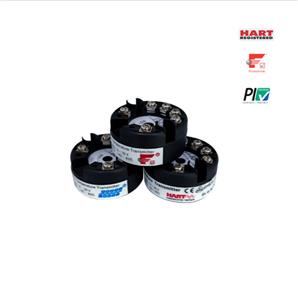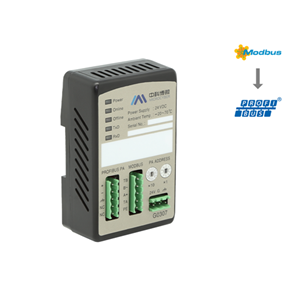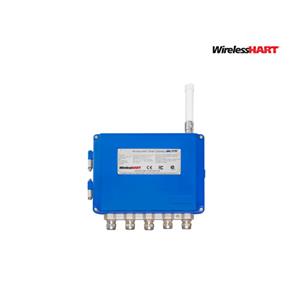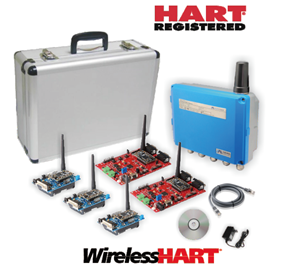Precautions for installing pressure transmitter
The pressure transmitter is the best-selling product in the industry in recent years. The key to good sales is that the product has high density, good quality, and performance is more popular among the general public. However, there is a certain knowledge in the operation and installation in use, and the installation of the pressure transmitter is the beginning of all work. Before installing and applying the pressure transmitter, you should read the product instruction manual in detail. During installation, the pressure interface should not leak, and ensure that the range and wiring are correct. The casings of pressure sensors and transmitters generally need to be grounded, signal cables should not be mixed with power cables, and strong electromagnetic interference should be avoided around the sensors and transmitters. Sensors and transmitters should be periodically calibrated in accordance with industry regulations. The installation of the pressure transmitter should pay attention to the following points:
1. Read the product manual carefully before installation, make accurate wiring, and pay attention that the product must not have wiring errors.
2. The transmitter should be installed in a ventilated, dry, non-corrosive, cool place with little temperature change. If it is installed in the open air, a protective cover should be added to avoid direct sunlight and rain, so as to avoid product performance degradation or failure.
3. It is strictly forbidden to beat, strike, disassemble, clamp strongly or use sharp tools to poke pressure holes or metal diaphragms at will.
4. Pay attention to protect the cables leading out of the product. The cable joints must be sealed to prevent water or moisture from affecting the function and life of the whole machine. The terminal leads of the transmitter must be well connected to the atmosphere.
5. During installation, a pressure shut-off valve should be loaded between the transmitter and the medium to check and prevent the pressure port from being blocked and affecting the measurement accuracy. A pressure buffer device should also be installed in places with a large pressure fluctuation range.
6. When measuring steam or other high temperature medium, be careful not to make the working temperature of the transmitter exceed the limit. If necessary, add a pressure pipe or other cooling device to connect.
7. When measuring liquid medium, be sure to use the shut-off valve to drain the air in the pipeline before pressurizing to prevent the sensor from being overloaded due to the high pressure generated by the compressed air.
8. It is forbidden to exceed the index overload, and the sensitive film damage caused by the excessive index overload is not within the scope of the Three Guarantees.
9. When the explosion-proof transmitter is used in dangerous places, the cover of the transmitter must be tightened. In order to ensure the safety of the application, the safety regulations should be strictly followed, and the cover of the transmitter should not be opened when the power is on.
10. The intrinsically safe transmitter must be equipped with a safety barrier to be used in dangerous places with explosive mixtures.




